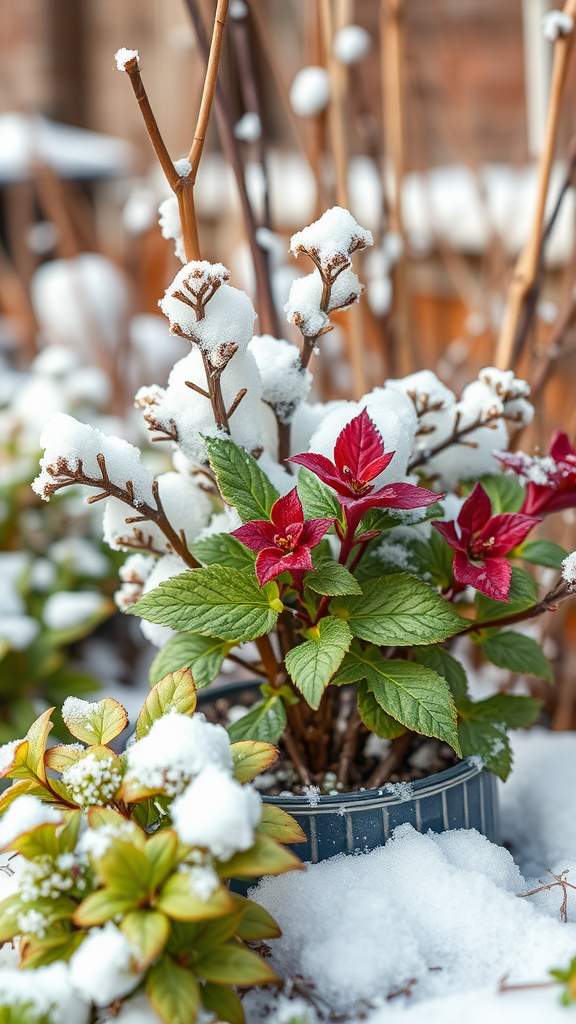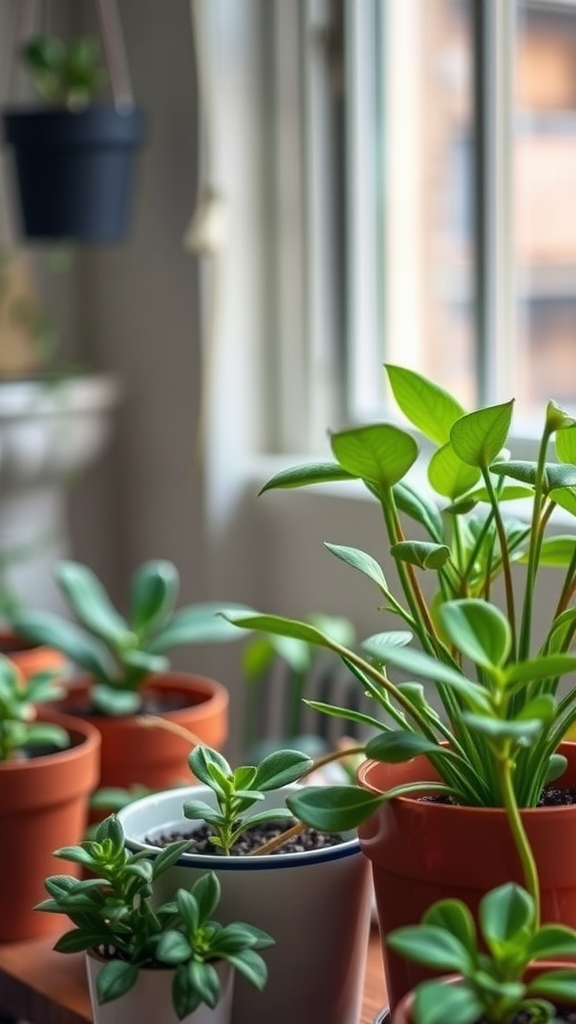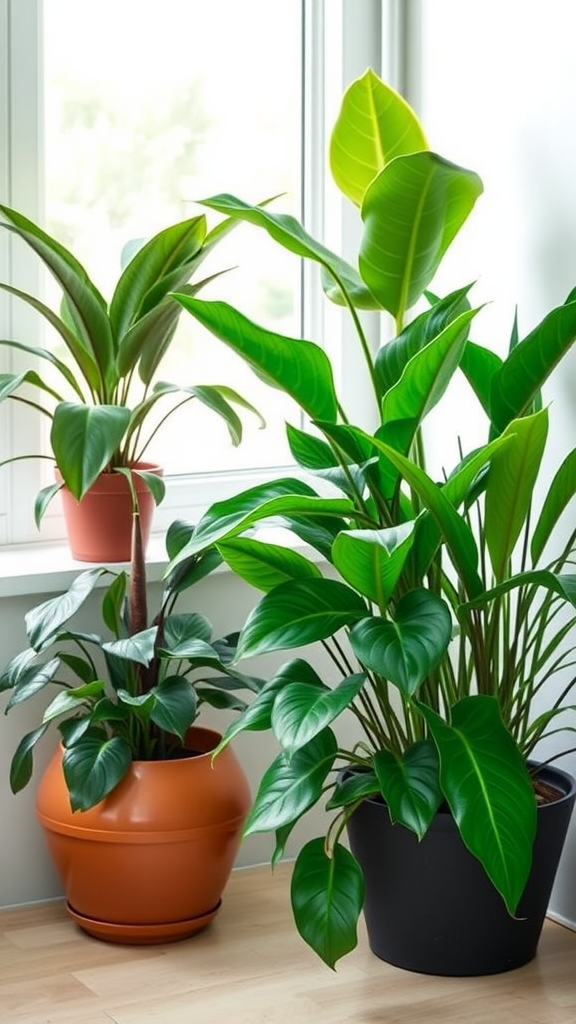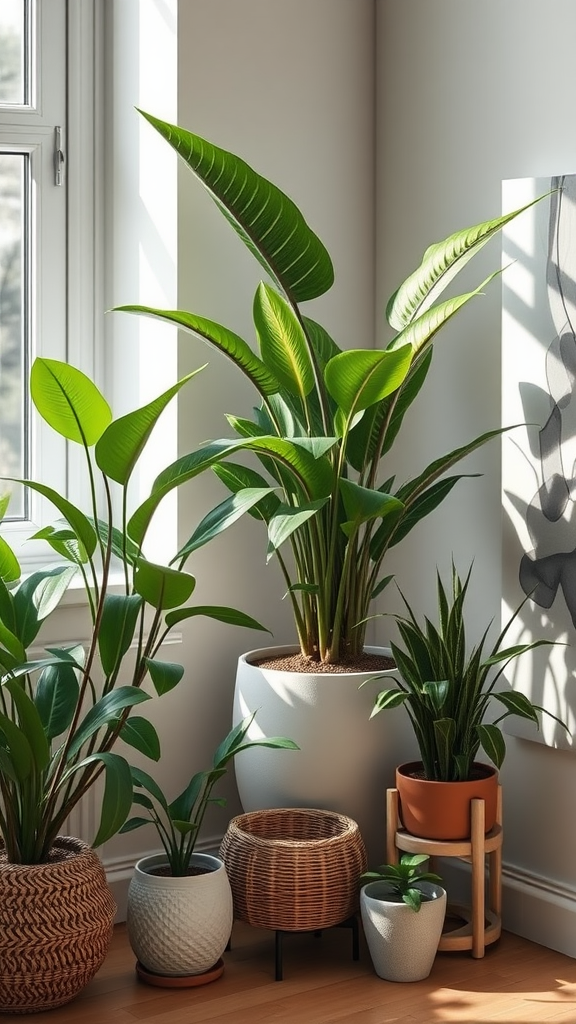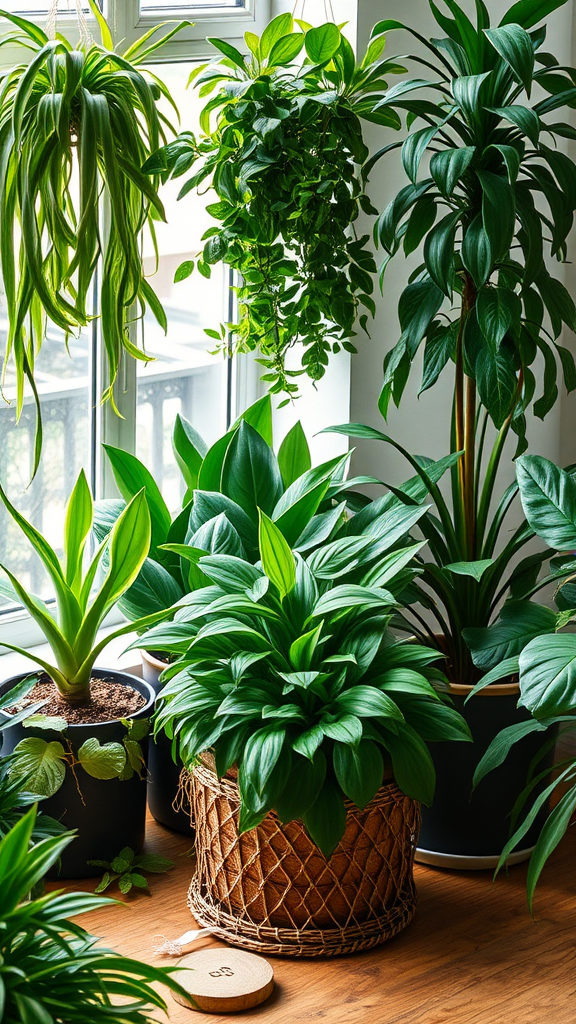7 Winter Plant Survival Tips to Keep Them Thriving
Winter can be a challenging time for your plants, whether they are indoors or outdoors. To help your greenery thrive during the cold months, it’s important to take proactive steps. Below are seven effective tips that will ensure your plants remain healthy and vibrant throughout winter.
1. Adjust Watering Habits
During winter, many plants enter a dormant phase, meaning they require less water. Overwatering can lead to root rot and other issues. Check the soil moisture before watering; if it feels dry a couple of inches down, then it’s time to water. Always ensure your pots have drainage holes to prevent excess water from sitting at the bottom.
2. Maintain Ideal Temperature
Most plants thrive in particular temperature ranges. Check your specific plants for their preferred temperatures. Generally, keeping your indoor plants between 65°F and 75°F (18°C to 24°C) is ideal. Avoid placing plants near drafty windows or doors, and steer clear of heater vents that can cause sudden temperature changes.
3. Provide Adequate Light
As days grow shorter in winter, your plants may not receive enough natural light. Move your potted plants closer to windows with south-facing exposure. If natural sunlight is insufficient, consider using grow lights to provide the necessary light spectrum for photosynthesis. Adjust light exposure based on the specific needs of each plant.
4. Monitor Humidity Levels
Indoor heating systems can dry out the air significantly, which is not ideal for many houseplants. Most tropical plants prefer a humidity level of around 50-70%. You can increase humidity in a few ways:
- Use a humidifier in the room where your plants are.
- Group your plants together, as they can create a microclimate.
- Place a tray filled with pebbles and water under the pots, ensuring that the pot isn’t sitting in water.
5. Fertilize Sparingly
Just like water, plants also need less fertilizer in winter, as their growth slows down. Over-fertilizing can harm your plants. If you fertilize, use a diluted, balanced fertilizer once a month, but it’s acceptable to skip it entirely until spring when growth resumes. Always check your plants’ specific requirements to tailor your fertilization schedule.
6. Prune and Clean
Winter is a great time to clean up your plants. Remove any dead or yellowing leaves to help prevent pests and diseases. If you have perennials in your garden, consider cutting them back at the end of the season. This not only improves appearance but can also invigorate new growth come spring. Ensure your pruning tools are clean and sharp to prevent unnecessary damage to your plants.
7. Protect Outdoor Plants
If you have outdoor plants, it’s essential to protect them from harsh winter conditions. Here are some strategies:
- Mulching: Apply a thick layer of mulch around the base to insulate roots.
- Wrapping: Use burlap wraps or frost blankets for sensitive plants.
- Plant selection: Choose native plants or those that are hardy to your climate zone for outdoor gardens.
By following these tips, you can ensure your plants not only survive but thrive throughout the winter months. Remember, each plant is unique, and by observing their specific needs, you enhance their chance of staying healthy. With the right care and attention, your green companions will be ready to spring back to life when the warmer days return.
The Best Indoor Plants to Protect During Cold Weather
Winter can be a challenging time for indoor plants. As temperatures drop and daylight hours shorten, many plants require extra care and attention to thrive. Some indoor plants are more resilient and can withstand the cold better than others. Let’s explore the best indoor plants to protect during cold weather and how you can keep them flourishing throughout the winter months.
Peace Lily
The Peace Lily is not just beautiful but also known for its air-purifying abilities. It thrives in low light and requires only moderate watering. During winter, ensure it’s not placed drafty areas, as exposure to cold air can damage its foliage. Keep the soil moist but be careful not to overwater, as this can lead to root rot.
Spider Plant
Spider Plants are hardy and adaptable. They can survive in a variety of conditions, making them perfect for indoor spaces during colder months. To keep them healthy, place them near a window with indirect sunlight. Make sure to water them when the top inch of soil feels dry. If they start to droop, they’re likely asking for more water!
Snake Plant
The Snake Plant is another excellent choice for winter. It’s tolerant of lower light levels and requires minimal maintenance. This plant actually benefits from the cooler temperatures of winter. Water it sparingly – let the soil dry out completely between waterings. Root rot is the biggest threat, especially during cold months.
Pothos
Pothos plants are extremely resilient and can thrive in various indoor conditions. In winter, keep them away from direct drafts and heat sources like radiators that can dry them out. Pothos prefers well-draining soil and should be watered when the top inch of soil is dry. Prune any yellowing leaves to promote healthy growth.
ZZ Plant
For those looking for an almost indestructible plant, the ZZ Plant is the way to go. It tolerates neglect, low light, and has a unique ability to retain water in its thick leaves. During winter, limit watering to once a month. Ensure it’s in a pot with excellent drainage, as moisture retention can lead to root problems.
Chinese Evergreen
Chinese Evergreens are shade-loving plants that thrive indoors, making them ideal for the winter months. They prefer warm conditions, but can tolerate cooler temperatures. Keep them away from windows with cold drafts. Water only when the soil is dry to the touch about an inch down. This will help prevent overwatering and moldy soil.
Fiddle Leaf Fig
The Fiddle Leaf Fig has gained popularity for its dramatic foliage. While it can be a bit finicky, you can keep it happy in winter by maintaining stable temperatures and humidity levels. Place it in bright, indirect sunlight, and avoid sudden temperature changes. Water when the top of the soil feels dry, but don’t let it dry out completely.
How to Care for Your Indoor Plants in Winter
- Avoid Overwatering: During winter, most plants need less water. Check the soil moisture before watering to avoid root rot.
- Provide Adequate Light: Days are shorter in winter. Make sure your plants are getting enough indirect light by rotating them or using grow lights if necessary.
- Maintain Humidity: Warm indoor air can be dry. Use a humidifier, pebble trays, or misting to keep humidity levels up.
- Inspect for Pests: Indoor plants can still attract pests in winter. Regularly check your plants for signs of infestation and treat them immediately if needed.
- Keep Them Clean: Dust can accumulate on leaves. Wipe them down regularly to ensure they can properly photosynthesize.
By selecting the right indoor plants and providing tailored care during the winter months, you can ensure that your plants not only survive but thrive. With each plant’s unique requirements, you can enjoy the beauty and benefits of indoor greenery all year round.
Conclusion
As winter settles in, taking the right steps is essential to ensure your plants not only survive but thrive in colder conditions. With these 7 winter plant survival tips, you can create an environment that promotes health and vitality for your indoor plants. Remember to give them adequate light by keeping them close to windows or using grow lights if necessary. Regular watering, but not overwatering, will help them manage moisture levels in their soil.
Identifying the best indoor plants for winter is equally important. Plants like pothos, snake plants, and peace lilies not only endure lower temperatures but also help purify the air, making your home a more pleasant place to be during those long months.
Additionally, protecting your plants from drafts and fluctuating temperatures will prevent them from experiencing stress, promoting overall well-being. By adjusting humidity levels and providing the necessary warmth, you can keep your green friends cozy and happy all winter long.
With a bit of attention and care, your indoor plants can remain vibrant and flourishing throughout the season. Embrace these tips and enjoy the beauty of your indoor garden, regardless of the cold outside. Whether you’re a seasoned plant parent or just starting, this winter can be an opportunity to bond with your plants and learn more about their unique needs. Your efforts today will yield a lush, thriving garden when the warmth of spring arrives.

